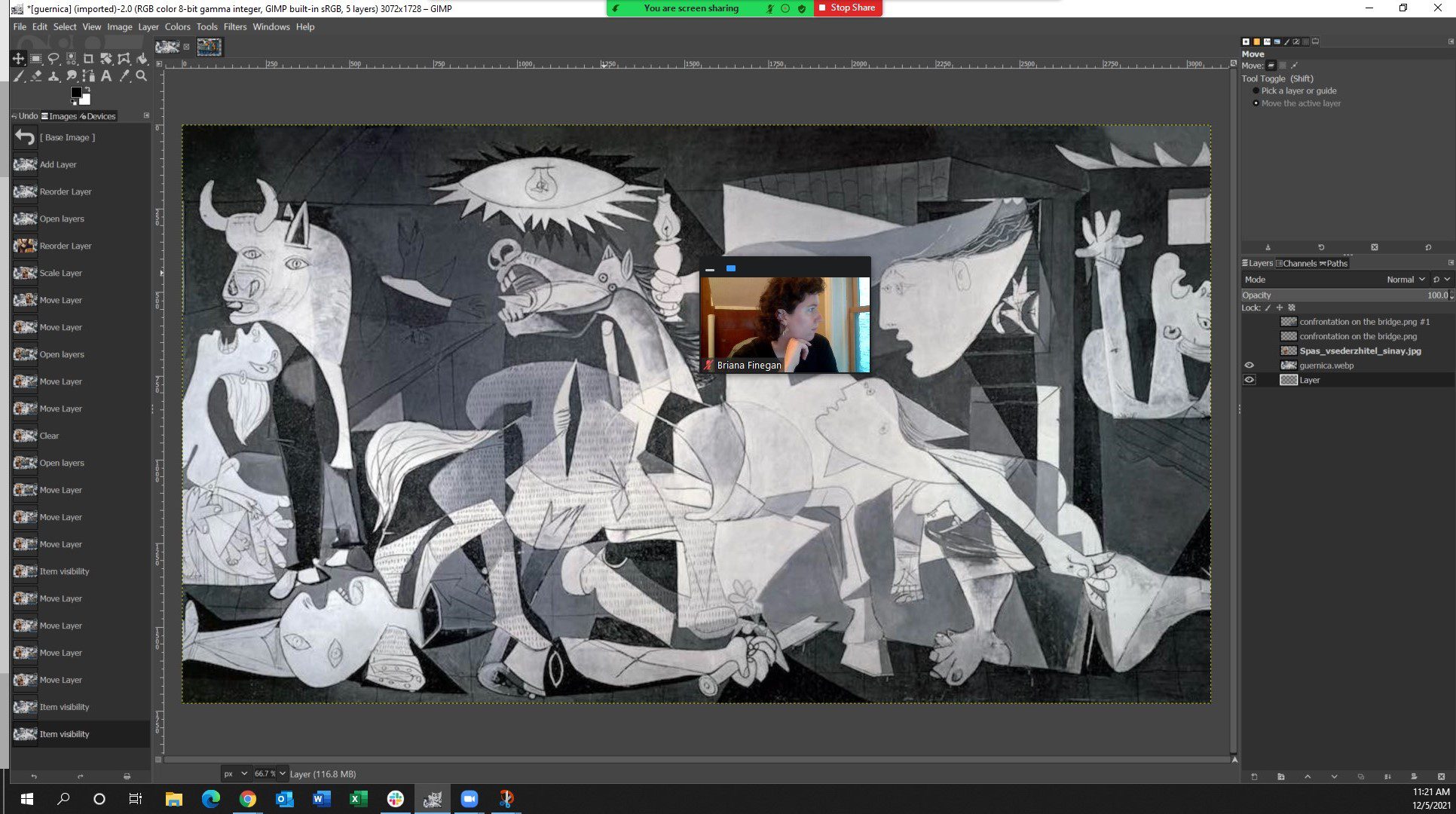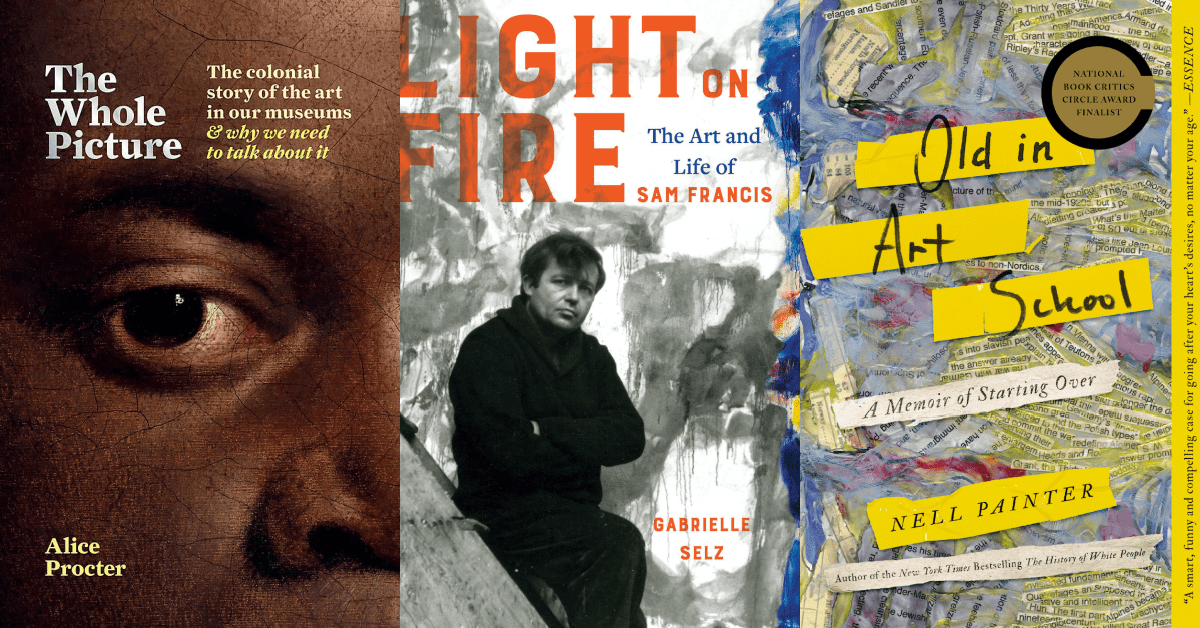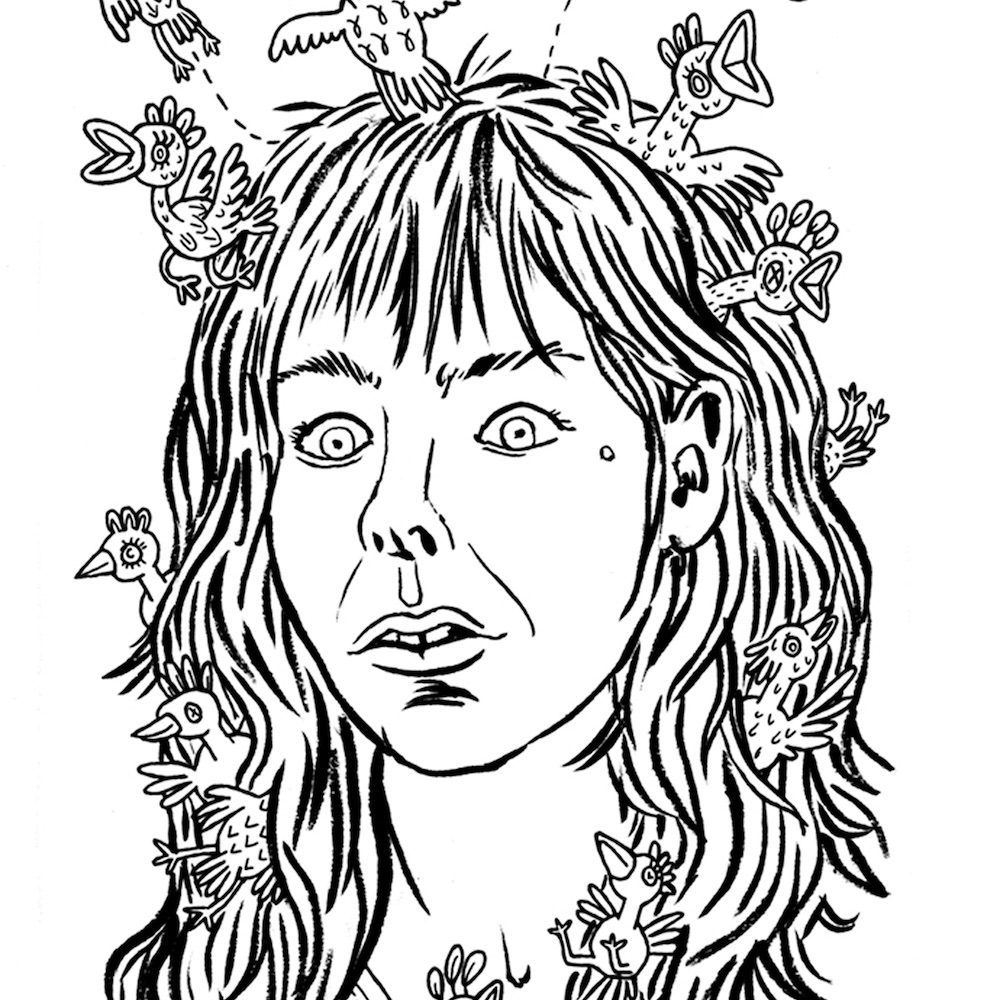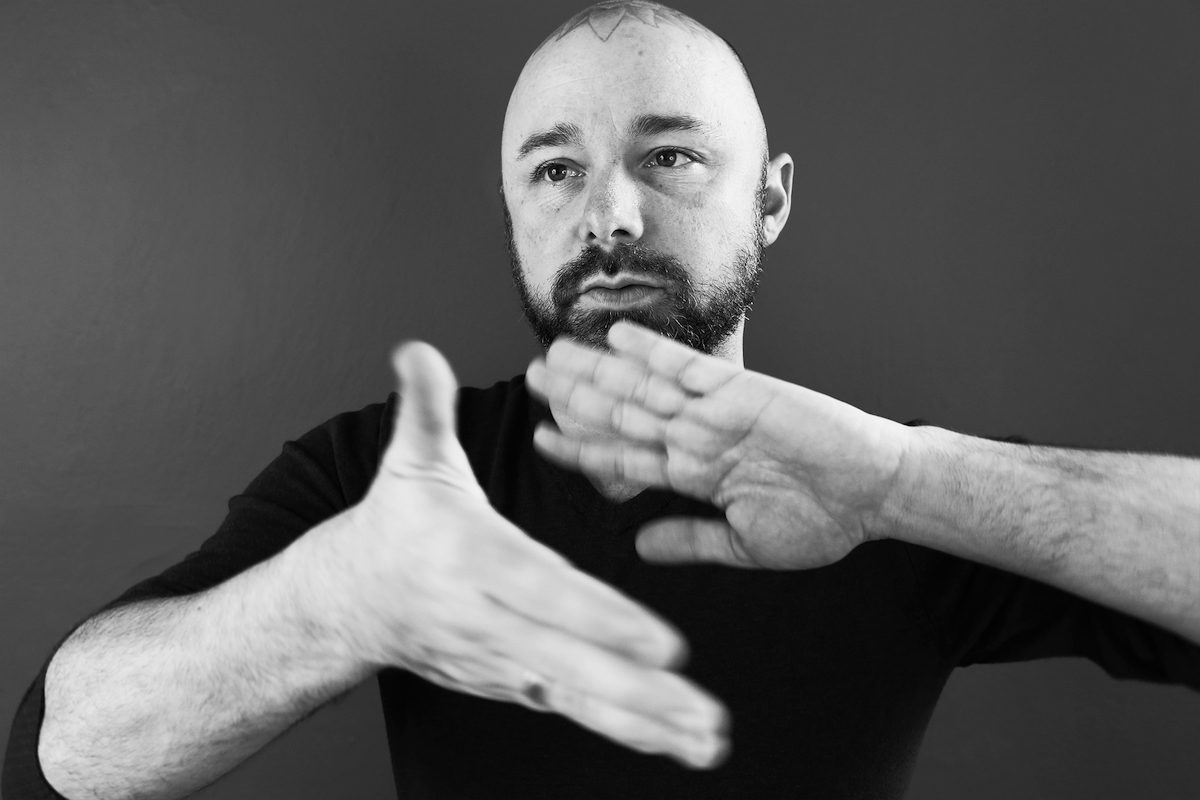
Memory is a protean thing.
There is an eerie room of memories at the current exhibit at the John Michael Kohler Arts Center in Sheboygan, Wisconsin. Walk into it and all the signposts of a collective nostalgia are there but the room is more than the recognizable objects therein. And this might be what memory is: fleeting, inexplicable, overpowering, capricious, unreliable, and also concrete. And sometimes memory is all these paradoxes (and more) at the same time.
Hiding Places: Memory in the Arts attempts to explore this rich and confounding topic—memory—through the work of more than fifty artists, in an exceptional exhibition that will run through December 30, 2011. An installation of Mark Fox’s Dust (2008) is just one highlight of the show. Over the course of two years Fox—using acrylic and ink on paper—drew 2,000 of his personal belongings, and these drawings are affixed with metal pins to a fifteen-foot-high wall collage-like (detail of Dust). The effect is a powerful yet oddly calm tornado of context and connections.
There are also fascinating pieces by George Widener, Kendall Messick, Masumi Hayashi, Gregory Blackstock, and William Powhida, who attempted to draw every person he’d met in his lifetime in Everyone I’ve Ever Met From Memory (that I can remember). David Maisel’s photographic series of copper canisters, Library of Dust, is a testament not to the remembered but to the forgotten. The photographed urns hold the unclaimed cremated remains of psychiatric patients from the Oregon State Hospital (1883-1970); water damage over the years had transformed the urns into beautiful objects in their own right.
The show itself is divided into four categories (From Memory, Holding Memory, Forget Memory, and Shared Memory), and there are nearly too many superb pieces to list—as I remember. Check out the show yourself, if you’re in the vicinity of Sheboygan this fall, or visit online.




